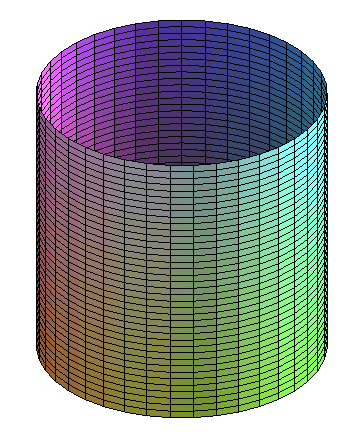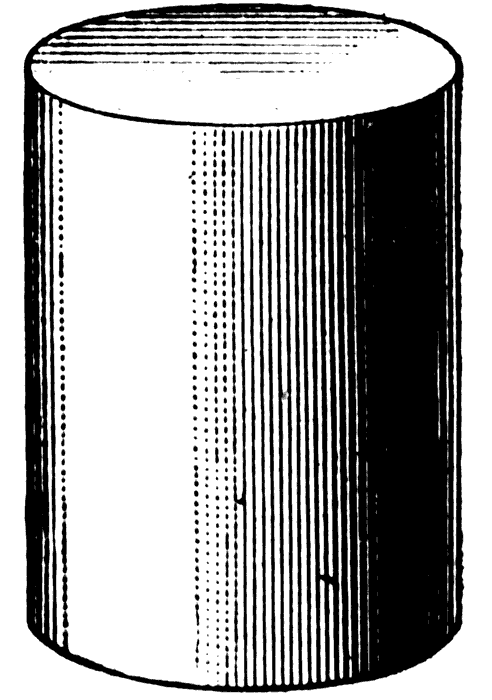 |
American Literature: Romanticism research assignment Student Research Submissions 2016 Research Post 1 |
 |
Umaymah Shahid
23 October 2014
Poe’s Gothic and Psychological Terror
The Gothic genre is known to create an atmosphere of “mystery and terror through
pronounced mental horror” within the text and in the reader (Thompson 69). The
narrator is often mentally unstable, and there are graphic scenes of
supernatural and natural horrors either within large gothic mansions or in the
dark woods. Although certain conventions were established before Poe, such as
the winding staircase, underground passages, howling wind, animal cries, and the
supernatural, Poe took these Gothic elements and stereotypes and created satiric
“hoaxes of the genre” (Thompson 73). When reading Poe, readers often find
themselves slightly uncomfortable and laughing awkwardly at the seemingly
humorous, yet dark sensations created through Poe’s tales. According to some
critics, Poe’s Gothic tales are a satire of the genre, exaggerating the
conventions established well before Poe, yet the question remains whether Poe is
truly satirizing the Gothic genre or is he pointing out something deeper than
even the genre was created to depict.
Research shows that Poe not only satirized the Gothic genre, exaggerating its
stereotypical conventions, but that he took the Gothic genre and its conventions
to a deeper psychological level which defies humor and explores the darker
cognitive recesses of the mind. Paul Lewis in his article “Poe’s Humor: A
Psychological Analysis” explores the psychological impact of Poe’s Gothic tales
on readers. He argues “to advance our understanding of Poe’s humor, we need a
middle ground between the old psychoanalytic reading of Poe as driven hysteric
and the more recent view of Poe as detached, intellectual artist” (534). The
reader or new critic must take Poe as both a hysterical writer and detached
artist who was attempting to achieve an outcome that transcends other writers of
the genre. Taking one aspect of Poe and ignoring the other excludes the reader
from a wholesome understanding of Poe. Poe’s gifted artistic abilities create a
spin on the Gothic and, thus, what might seem to be humor in Poe’s Gothic turns
out to be not so humorous after all. According to Lewis, Poe’s humor does not
triumph over the fear he creates within the reader. Instead, in his tales “humor
collapses and we are left with the shriek, the fall, the embrace of menace. In
the parodic tales, we laugh almost to the end, only to find that we were too
quick to be amused” (535). Humor’s failure to prevail in Poe’s Gothic
demonstrates a powerful message that it seems he is trying to convey: that humor
has limits and that in the end, the torment of the mind cannot be turned into a
joke (Lewis 542). John Bryant in his article “Poe’s Ape of Unreason: Humor,
Ritual, and Culture” also reflects on Poe’s failed humor in the Gothic tales.
Bryant points out that Poe uses Romantic irony’s effect of destabilizing readers
to detach from the audience and create a sort of chaos in the mind of the
reader, which is reflective of the chaos within the narrative. By destabilizing
the reader, Poe is “pathological[ly] working-out” “self-doubt that becomes a
kind of unacknowledged shock therapy projected onto the reader” (Bryant 20). In
essence, Poe, through his writing, is shocking the reader, not by humor, but by
the terror of the Gothic tales; suggesting that “there are impenetrable areas
that surround things we can never understand, things that bring forth anxiety
and a sense of loss (Hantiu 34). Through the Gothic, Poe explores the deep
recesses of the mind, thus allowing terror to triumph over humor, leaving
readers to discern whether what they are reading is truly some sort of
supernatural terror or a manifestation of the terror within the narrator’s mind
onto his surroundings.
Poe’s success in the manifestation of terror into the mind of the reader is
possible because he does not merely tell a tale of the supernatural with winding
staircases and dark passages; rather, he tells a story from a narrator who seems
to create whatever is around him from the depths of his mind, and through that,
he is able to ensnare the audience within his mind as well. Clark Griffith in
his article “Poe and the Gothic” and G.R. Thompson in “Explained Gothic”
explore Poe’s use of the psychological in his narrative. Griffith points out
that the Gothic elements are projections of the narrator’s own terrors,
“products of his terrible creativity” (128). Thus in a narrative such as “House
of Usher,” the narrator is not viewing products the way they are in reality;
rather, they are the “products of the narrator’s psyche” (Griffith 130). Poe’s
Gothic tales show the reader his ability to unify the creating object at the
center of the story, which is usually the narrator, and the “shapes and forms,
which radiate outward as the marks of his continuous creative act” highlighting
that the terror within the stories comes from within the mind of the central
character (Griffith 130). What is
unique about this understanding of Poe is that it demonstrates Poe’s ability to
use narrative and language to delve in the deep recesses of the mind and bring
forth an individual’s hidden fears and terrors. As Thompson very effectively put
it, Poe’s technique is one of “deceptive tripleness: his tales are supernatural
on one level, psychological on another, satiric and ironic on another” (77).
Through this deceptiveness, Poe deprives the audience and, in effect, the human
mind from making sense of not only what is before it, but what is within it as
well. The Gothic tales force a metacognitive reading where the reader not only
assesses what the narrator or central character is thinking, but the impact of
that thought process on the reader’s thoughts as well.
My
research on this topic proved to be quite insightful and helped me understand
Poe and his writing style. Often in class it was hard to discern what
Poe’s intentions were and whether his Gothic tales had some deeper meaning than
simply checking off how many Gothic conventions he could use in one text. From
my research I have come to understand that Poe is showing us the darkness and
fears within our mind which manifest themselves by altering the way we see the
world around us. Although Poe makes his readers chuckle at the absurdity of his
characters and the world within which they live, in the end he leaves the
reader shifting uncomfortably trying to grapple with darkness, death, and
insanity. Many critics have offered that Poe tries to be humorous but through
his attempt at humor he reminds the reader that humor can only overlook so much
and that in the end, as the reader, we have to come face to face with the inner
depths of our mind.
Works Cited
Bryant, John. “Poe’s Ape of UnReason: Humor, Ritual, and Culture.”
Nineteenth-Century Literature, 51. 1
(1996): 16-52.
Griffith, Clark. “Poe and the Gothic.”
Critical Essays on Edgar Allan Poe, ed. Eric W. Carlson, G.K.Hall, 1987.
127-132.
Hantiu, Ecaterina. “Humor and Satire in
Edgar Allan Poe’s Absurd Stories.” The
Edgar Allan Poe Review, 11.2 (2010): 28-35.
Lewis, Paul. “Poe’s Humor: A Psychological Analysis.”
Studies in Short Fiction, 26.4
(1989): 531-546.
Thompson, G.R. “Explained Gothic.” Poe’s Fiction: Romantic Irony in the Gothic Tales. U of Wisconsin P, 1973. 68-104.
|
|
|
|


